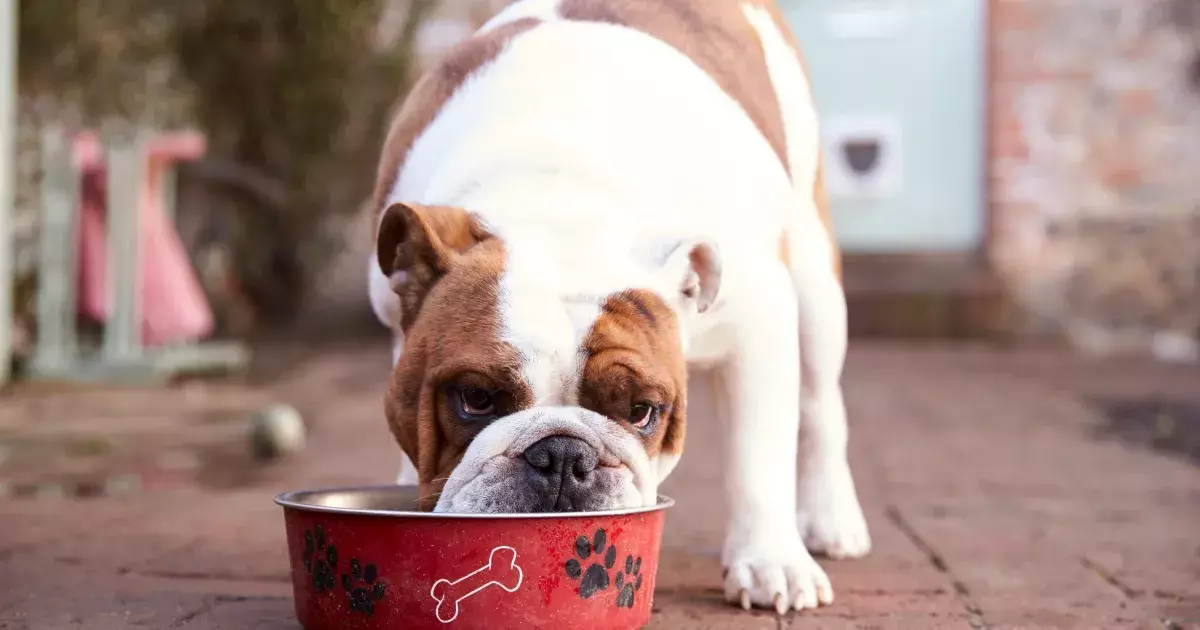It’s impossible to ignore the trusting gaze of your dog as they look up at you, tail wagging, as if you hold the key to their world. This emotional connection often prompts us to express affection through treats and snacks. However, what many pet owners may not realize is that this instinct to reward with food could lead to significant health issues for your furry companion. The reality is that the comfort we derive from feeding our pets can directly contribute to a serious epidemic—pet obesity.
Pet obesity has become a substantial concern, affecting over 50% of dogs in the United States alone. This alarming statistic underscores a critical shift in the way we think about pet care and training. When addressing this issue, it’s essential to draw parallels between human dietary habits and those we encourage in our pets. Just as we have become more sedentary, so too have our pets, creating an environment ripe for weight gain and subsequent health problems.
The consequences of having an overweight dog extend beyond the obvious aesthetic concerns. A body burdened with excess weight is predisposed to a variety of serious health issues, including heart disease, diabetes, arthritis, and a range of other debilitating conditions that can drastically reduce your dog’s lifespan. While it may feel indulgent to shower your dog with treats, this behavior can be detrimental. Pets do not differentiate between love and food, but it’s our responsibility to ensure that our affectionate gestures do not lead to their physical decline.
Veterinarians like Dr. Ernest Ward have noted a significant rise in overweight pets, leading many to reflect on the intrinsic relationship between love, care, and feeding practices. Keeping our pets healthy should be a primary focus of pet ownership; we must consider how we express love and find alternatives to treats as tokens of affection.
One of the most proactive steps that can be taken to ensure a healthy lifestyle for your dog is to foster a balanced diet. Initially, it is essential to understand the nutritional needs of dogs at different life stages. Puppies, for example, are more adaptable to healthy dietary habits than adult dogs. Introducing a wholesome diet early can set the stage for lifelong healthy eating practices.
Consultation with a veterinarian can provide clarity on the appropriate quantity and type of food suitable for your dog’s breed and size. This knowledge becomes especially vital when considering that larger breeds require different nutrients and caloric intake compared to their smaller counterparts. Reading food labels is also critical; it allows pet owners to make informed decisions concerning calorie content, ingredient quality, and overall nutritional value.
For those who find it challenging to adjust their pet’s eating habits, it’s worthwhile to seek out healthier alternatives to satisfy their cravings. Instead of reaching for traditional, calorie-laden treats, consider fresh, crunchy vegetables like baby carrots or peas. Not only are they low-calorie options, but they also provide essential vitamins, helping you maintain a healthier weight for your pet.
While a proper diet is undoubtedly foundational, exercise is the other cornerstone of managing pet obesity. Letting your dog roam free in the backyard does not equate to adequate physical activity. Dogs are inherently social creatures that crave interaction and stimulation from their human companions. To combat obesity, pet owners should incorporate regular movement into their daily routines.
Aim for structured exercise sessions that include brisk walks or engaging playtime activities, which can help burn off calories and promote a healthy lifestyle. This approach not only positively impacts your pet’s physical health but also strengthens the emotional bond you share. Remember that these outings can serve as bonding experiences, enhancing both yours and your dog’s quality of life.
Once a pet has developed habits of overindulgence, it can be challenging to reestablish boundaries. A gradual and systematic approach is required. This might mean establishing specific feeding times instead of allowing for constant grazing. Removing uneaten food after designated meal times will teach your dog to appreciate their meals more.
Using creative alternatives such as ice cubes infused with small fruit bits can serve as refreshing treats on hot days and help keep your dog engaged without adding extra calories. Additionally, don’t forget that mental stimulation is key. Engaging your dog in interactive games or employing toys that challenge them mentally can be an excellent way to tire them out without resorting to food rewards.
Caring for a dog involves more than just providing shelter, food, and love; it encompasses ensuring their overall well-being, which includes preventing obesity. By understanding the implications of our feeding habits, committing to a holistic approach involving proper diet and exercise, we can create healthier lives for our beloved pets. In doing so, we enhance not just their quality of life, but our own, by sharing many more joyful, active years together.

